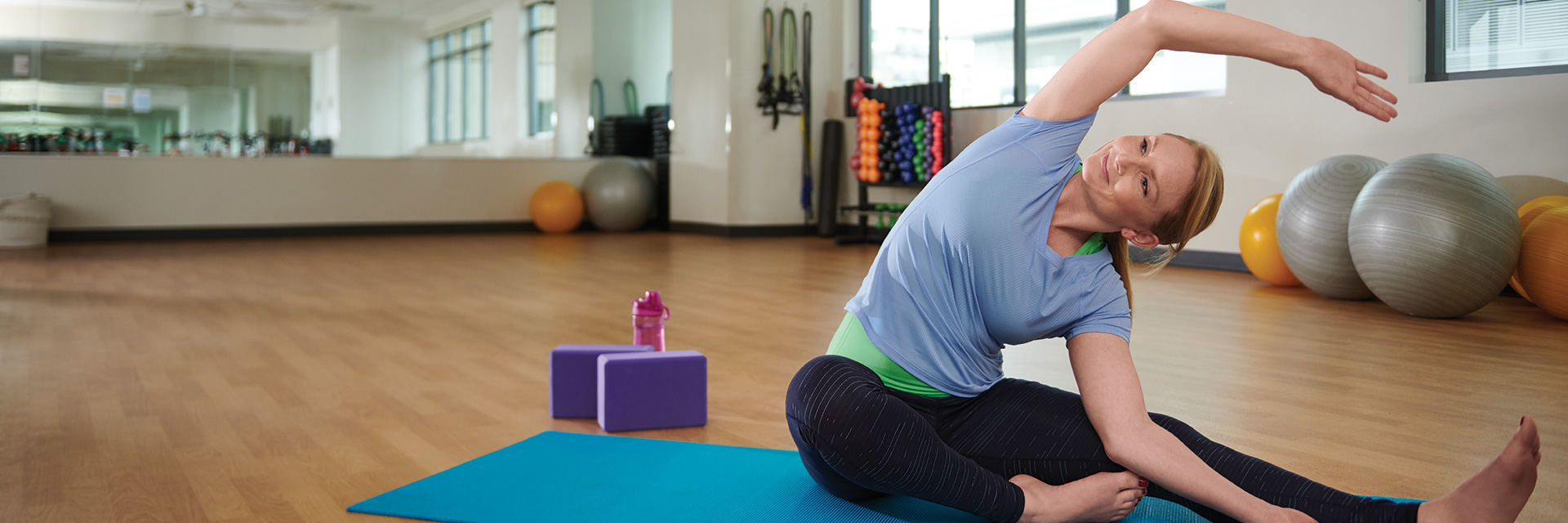Do you feel like your joints are aging faster than you? You’re not alone. Truth is the number of joint replacement surgeries has gone up in recent years, but not necessarily among older Americans. Instead, it’s an increasingly younger age group that is choosing to have joint replacement surgery.
The good news is there are plenty of effective ways to live — and live well — with aging (and sometimes achy) joints. “It all starts by setting reasonable goals,” says orthopedic surgeon Venkat Rapuri, M.D., a physician on the medical staff at Texas Health Arlington Memorial Hospital and Orthopedic Medicine Specialists, a Texas Health Physicians Group practice. “Maintaining or regaining joint function and mobility should be a top priority to slow the progression of existing joint pain or joint disease.”
Rapuri offers these five tips for promoting the long-term health of your joints.
1. Get Moving
It may seem counterintuitive to think that physical activity can help ease joint aging, but there is plenty of research to support that regular exercise is helpful in warding off or managing arthritis and other joint problems. In addition to strengthening the muscles that support the joints, exercise also strengthens the bones themselves, helps with weight loss and improves general wellness.
“As joint pain creeps in, you may start to focus on what you can’t do rather than what you can do,” Rapuri explains. “It’s important to say ‘yes’ to something every day. Yes, you will go for that walk or take a bike ride. The body is made to move; our joints allow for movement. So move it or lose it. If you’re not using your joints, you’re likely going to lose healthy cartilage and joint stability down the road.”
2. Protect Your Joints
Body mechanics is the way a person moves — and it can have a great deal of impact on joint pain and injury risk. It’s important to be aware of your body mechanics in order to reduce discomfort and protect your joints. The goal of joint-protection is to decrease pain and reduce the stress or burden placed on the joints.
Rapuri suggests following these principles of joint protection:
- Maintain proper posture while standing, sitting and walking.
- Focus on the ergonomics of your work space.
- Use assistive devices and mobility aids, like a cane, when necessary.
- Get adequate rest along with activity.
3. Maintain Your Ideal Weight
Weight is a huge influencer of joint health. Gaining weight puts added pressure on your knees, hips and back, and can lead to joint injury. The excess weight put on weight-bearing joints raises your risk for developing osteoarthritis, a common joint disorder resulting from the wearing away of the protective cartilage lining inside a joint. Inflammatory factors associated with weight gain might contribute to secondary trouble in other joints (for example, the hands) as well.
“Let’s look at the effect of excess weight on the knee,” Rapuri suggests. “When you walk across level ground, the force on your knees is the equivalent of 1½ times your body weight. That means a 200-pound man will put 300 pounds of pressure on his knees with each step. If you walk quickly or add an incline, the amount of pressure is even greater.”
4. Do Low-Impact, Muscle-Strengthening Exercises
If you’re new to exercise or it has been a while since your last workout, rest assured there’s no need to commit to a high-intensity fitness routine to protect your joints. With your doctor’s guidance, you should be able to find an activity that matches your fitness level. Just be sure to pay attention to any pain signals that may arise and modify your routine accordingly.
Rapuri recommends activities like walking, water aerobics and riding a stationary bicycle for many of his patients who suffer from joint stiffness or joint pain. “These activities don’t cause a major impact on the joints; whereas jumping and running activities can damage joint cartilage. Exercise is also good at helping you endure any pain that might develop.”
For the muscles that support the joints, Rapuri suggests weight lifting to increase joint stability and decrease pain.
5. Eat an Anti-inflammatory Diet
There may not be a magic diet that will keep you from experiencing arthritis symptoms as you age, but many foods can help fight inflammation and improve overall joint health.
For starters, Rapuri recommends a diet rich in dark-colored fruits, green vegetables, fish, nuts and beans. “Stay away from processed foods and saturated fat as much as possible. Remember, what you put in your body has an effect on your joint health. Even things like turmeric and joint supplements provide benefit, although they won’t stop the process of joint deterioration once it has started,” he cautions.
Find a joint care specialist today who can assist with your joint pain. Or to learn more about your joint health, take our hip and knee health assessment.
Physicians employed by Texas Health Physicians Group are not employees or agents of Texas Health Resources hospitals.

